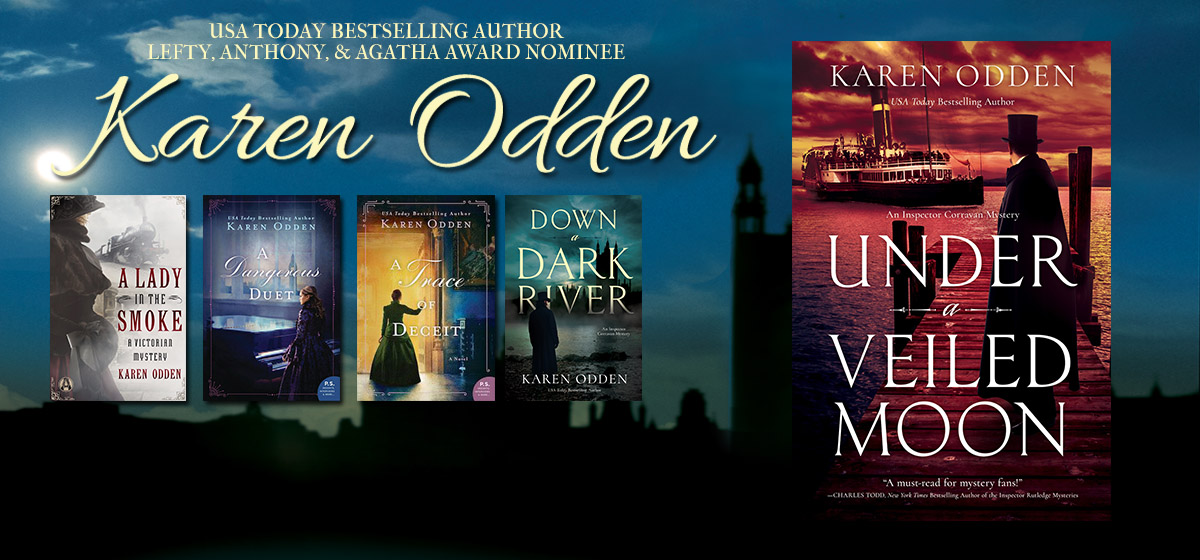

Returning home late last night from Boston, I drove into our garage and missed Rosy’s nose pushing the door out, which she always did when she heard a car. The absence came at me with the force of a presence; I didn’t even know that I expected that door nudged open, that I looked for the small black nose, every time I drove into the garage, which was probably 5 times a day.
In the dark middle of the night, I woke and stepped around what could have been her on the carpet but was just George’s shirt. This morning, I found myself watching for poop or puddles on the floor as I made my way to the kitchen. Of course there weren’t any. (I have to say, I don’t miss those, per se.) As I brewed my coffee, my gaze drifted to the corner to check the water level in her two bowls — two, because sometimes she’d be extra thirsty at night, and we didn’t want her going outside, drinking the pool water, and falling in. But of course the bowls were gone. And at my desk, when I picked up her collar, with two metal tags that clink with a particular tone, to put it in my memorabilia box, Kyle came hurrying down the hallway, his eyes wide and wondering, as if by some magic she was back.
My mind was wrapped around Rosy in a way I didn’t even realize. Oh, I knew I cherished her and I spent a lot of time walking her and petting her — and at the end, doing whatever I could to make her comfortable. But I didn’t realize how she was present like dog hair on the office chair … thousands of small thread-like bits throughout my day.
What bring some joy to my heart, though, is that when I “see” her around the house today, my memories are largely from several months ago, when she was still healthy and not struggling. This morning, I walked outside to take some trash to the curb and when I came up the walkway to the glass front door, in my mind’s eye, I could clearly see her little face watching for me. She’s still here.
Love is stronger than death.
Thank you again, to my friend Anne Morgan, for this lovely card, for all the sympathy cards and messages I received, and to all those who knew and loved my beagle.
If you would like to share a story about your pet, please do so in the comments. #joy


